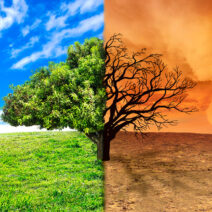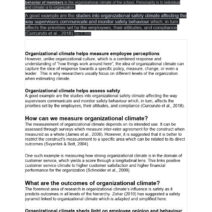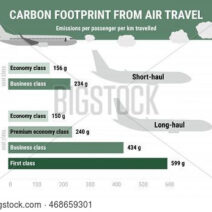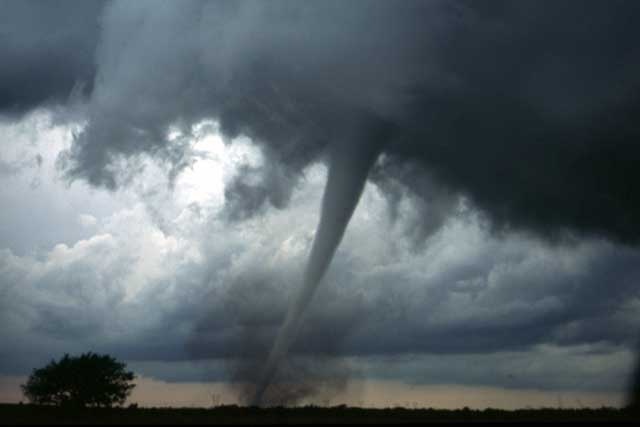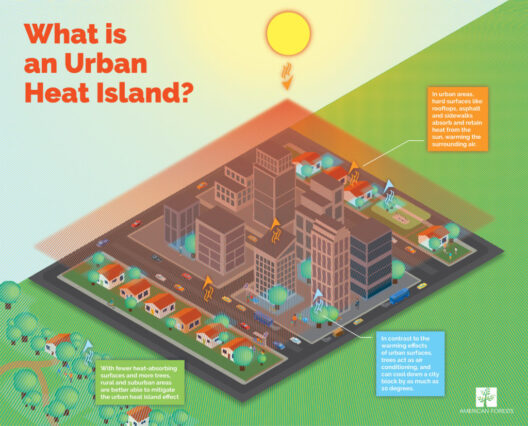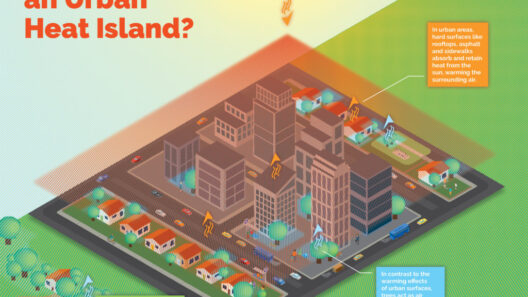The future of extreme weather in the United States is a pressing concern, driven by the unmistakable realities of climate change. As global temperatures continue to rise, the consequences manifest not just in distant lands, but also on American soil, altering the landscape of weather phenomena we have historically known. Understanding the implications and preparing for such a paradigm shift is instrumental in safeguarding communities, economies, and ecosystems across the nation.
Historically, the United States has experienced a plethora of extreme weather events, from hurricanes sweeping ashore to droughts crippling agricultural production. However, the scientific consensus is clear: these occurrences are expected to increase in both intensity and frequency as our climate warms. The Intergovernmental Panel on Climate Change (IPCC) and numerous scientific studies indicate that storms, floods, heatwaves, and wildfires will become more prevalent, challenging our resilience and adaptive capacities.
One of the most striking revelations regarding future weather patterns is the intensification of hurricanes. Warmer ocean waters serve as fuel for these storm systems, potentially leading not only to stronger winds but also to increased rainfall and rising sea levels. Cities along the Eastern Seaboard, particularly those in vulnerable coastal areas, must engage in proactive planning. Investing in resilient infrastructure, such as sea walls and enhanced drainage systems, is paramount to mitigate the potentially catastrophic effects of hurricanes.
Drought is another insidious consequence of climate change, particularly poignant in the western United States. Historical weather patterns suggest that water scarcity will become increasingly common, with regions like California facing prolonged dry spells. Such conditions threaten agriculture, a cornerstone of the American economy. Farmers will need to emphasize sustainable practices, such as drip irrigation and drought-resistant crops, to adapt to changing conditions while safeguarding food security.
The frequency and severity of wildfires—especially in the western states—are also projected to escalate. A combination of higher temperatures, prolonged periods of drought, and accumulation of dry vegetation creates a perfect storm for wildfires. Communities need to consider implementing robust fire management strategies, which include controlled burns, better land-use planning, and community preparedness education. The socio-economic impacts of wildfires, such as loss of property and displacement, require urgent attention and action.
Moreover, the increasing prevalence of heavy precipitation events poses its own set of challenges. The phenomenon commonly manifests in the form of flash floods and landslides, wreaking havoc on infrastructure and communities. Urban areas are particularly susceptible due to the proliferation of impervious surfaces such as concrete. Implementing green infrastructure, such as permeable pavements and urban wetlands, can ameliorate runoff and enhance the urban environment’s resilience.
Public health is yet another facet that warrants scrutiny in this evolving weather landscape. With rising temperatures, the incidence of heat-related illnesses is anticipated to surge. Vulnerable populations, including the elderly and those with pre-existing medical conditions, are at heightened risk. Communities must take proactive measures to ensure that public health systems are equipped to handle heatwaves, providing cooling centers and disseminating information to vulnerable populations.
Transitioning to renewable energy sources not only addresses the root causes of climate change but can also enhance our preparedness for extreme weather scenarios. By diversifying energy sources—incorporating wind, solar, and hydropower—regions become less susceptible to disruptions caused by natural disasters. During a hurricane or flood, energy infrastructure can be severely compromised. Decentralizing energy systems can enhance resilience during such extreme events, providing communities with critical power access in times of need.
Public awareness and education are pivotal components in addressing the challenges posed by extreme weather. Indoor safety measures, emergency preparedness, and climate literacy must be prioritized to foster a proactive societal response. Grassroots movements have shown effectiveness in mobilizing communities, facilitating discussions, and driving policies that prioritize climate resilience. Informing citizens about the impacts of climate change and the importance of sustainable practices can catalyze individual and collective actions.
Furthermore, interdisciplinary collaboration is necessary to devise comprehensive strategies to tackle these impending climatic challenges. Local governments, scientists, NGOs, and the private sector must unite to innovate solutions that prioritize sustainability and resilience. Engaging in cross-sector partnerships can yield innovative approaches to climate adaptation and mitigation, ultimately fostering a united front against the existential threat posed by climate change.
Climate change is no longer a distant threat; it is an imminent reality that demands immediate attention and action. Understanding the forthcoming changes in weather patterns is crucial for devising strategies that can withstand their impacts. From hurricanes and droughts to wildfires and public health crises, the array of challenges brought on by climate change is vast and complex. Yet, with foresight, innovation, and a commitment to proactive measures, the United States can navigate its extreme weather future, transforming challenges into opportunities for a more sustainable and resilient society.
